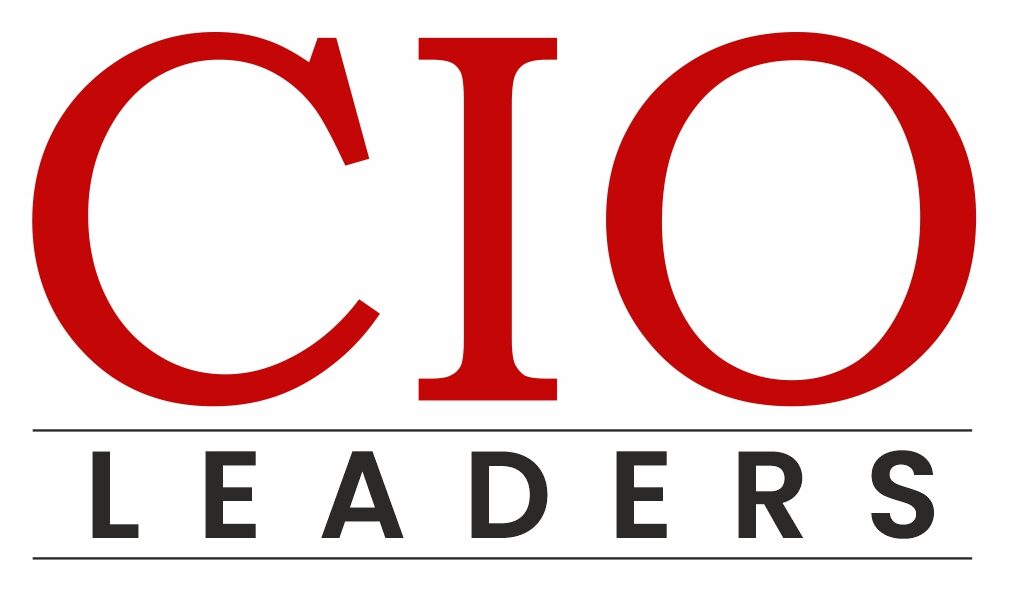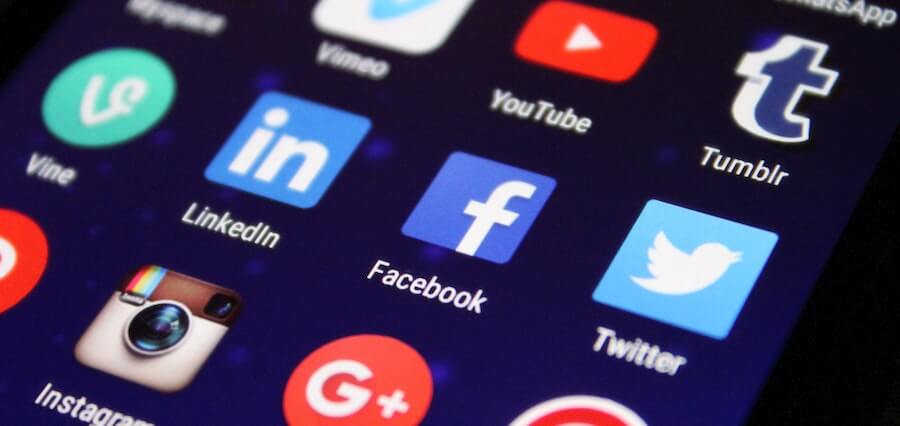In the past few decades, the world has witnessed a remarkable transformation in the way information is created, shared, and consumed. The emergence of digital media has revolutionized the communication landscape, providing new opportunities and challenges for individuals, businesses, and society as a whole. This article explores the key aspects of the emergence of digital media and its profound impact on various aspects of our lives.
The Rise of Digital Technology
The foundation of digital media lies in the rapid advancement of digital technology. The proliferation of personal computers, the internet, and mobile devices has created a connected world, enabling the seamless transfer and manipulation of data. This technological progress has paved the way for the development of digital media platforms and tools.
Digital Media Platforms
Digital media platforms have become the primary means of communication and content distribution in the digital age. Social media platforms such as Facebook, Twitter, and Instagram have connected billions of people worldwide, facilitating the exchange of ideas, opinions, and news in real time.
Online streaming services like Netflix and YouTube have transformed the way we consume entertainment, providing a vast array of on-demand content. Additionally, websites, blogs, and online news outlets have reshaped the media landscape, offering a diverse range of perspectives and sources of information.
Democratization of Content Creation
One of the most significant impacts of digital media has been the democratization of content creation. Previously, traditional media outlets held a monopoly on news production and distribution. However, digital platforms have empowered individuals to become content creators, allowing them to share their thoughts, creativity, and expertise with a global audience. Blogging, podcasting, and video production have become accessible to anyone with an internet connection, fostering a vibrant digital content ecosystem.
Personalized and Interactive Experiences
Digital media has brought about a shift from passive consumption to interactive and personalized experiences. Users now have the ability to tailor their media consumption based on their preferences, interests, and demographics. Online advertising has become highly targeted, reaching consumers with relevant content and improving the effectiveness of marketing campaigns. Furthermore, interactive features such as comments, likes, and shares enable users to actively engage with content and participate in online communities, fostering a sense of belonging and connectedness.
Challenges and Considerations
While the emergence of digital media has brought numerous benefits, it has also presented new challenges and considerations. Issues such as privacy, data security, misinformation, and online harassment have become prominent concerns in the digital age. Furthermore, the rise of social media has given rise to echo chambers and the spread of disinformation, requiring critical media literacy skills to navigate the vast amount of information available online.
The emergence of digital media has transformed communication and information sharing, revolutionizing the way we connect, consume, and create content. The accessibility and interconnectedness provided by digital technology have empowered individuals, democratizing content creation and enabling personalized experiences.
However, this digital revolution also comes with its own set of challenges, requiring individuals, organizations, and society at large to adapt and navigate the evolving digital landscape with responsibility and media literacy. As we continue to embrace the possibilities of digital media, it is crucial to strike a balance between harnessing its potential and mitigating its drawbacks.
Convergence of Media
The rise of digital media has led to the convergence of various forms of media. Previously distinct media formats, such as print, television, and radio, have merged into digital platforms. This convergence has allowed for the integration of text, images, audio, and video, providing a rich and immersive media experience. Consumers can now access news articles with embedded videos, listen to podcasts, and view interactive multimedia content, all within a single platform.
Global Reach and Connectivity
Digital media has transcended geographical boundaries, enabling global reach and connectivity. With the click of a button, individuals can connect with others from around the world, breaking down barriers of distance and time zones. This interconnectedness has facilitated cross-cultural communication, collaboration, and the exchange of ideas on a global scale. It has also opened up new opportunities for businesses to reach international markets and target diverse audiences.
Disruption of Traditional Industries
The emergence of digital media has disrupted traditional industries, particularly those reliant on physical formats. For example, the music industry experienced a significant shift from physical CDs to digital downloads and streaming services. Newspapers and magazines have seen a decline in print circulation, as readers turn to online platforms for news consumption. The film and television industries have embraced streaming services, altering traditional distribution models. These disruptions have forced industries to adapt their business models and find new ways to monetize digital content.
Real-Time Communication and News Reporting
Digital media has revolutionized the speed at which information is disseminated. Social media platforms and online news outlets allow for real-time reporting and instant updates on events happening around the world. Citizen journalism has emerged as individuals capture and share news footage or provide on-the-ground reporting through social media platforms. This real-time communication has brought both opportunities and challenges, as information can spread rapidly, but it also requires critical evaluation to verify accuracy and authenticity.

